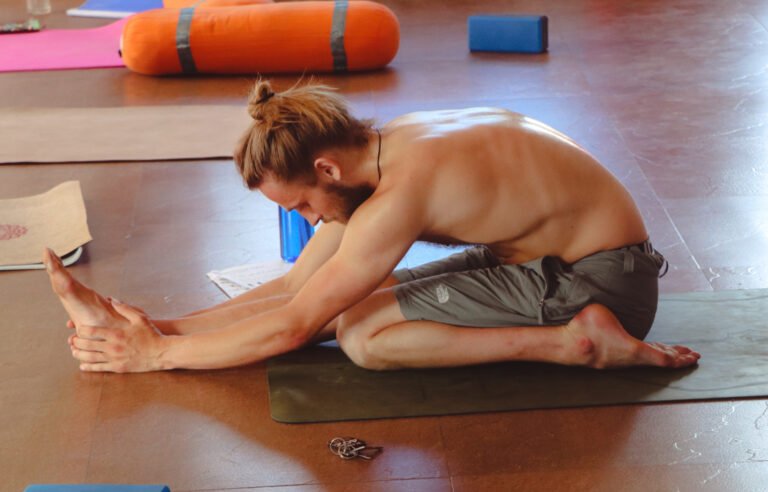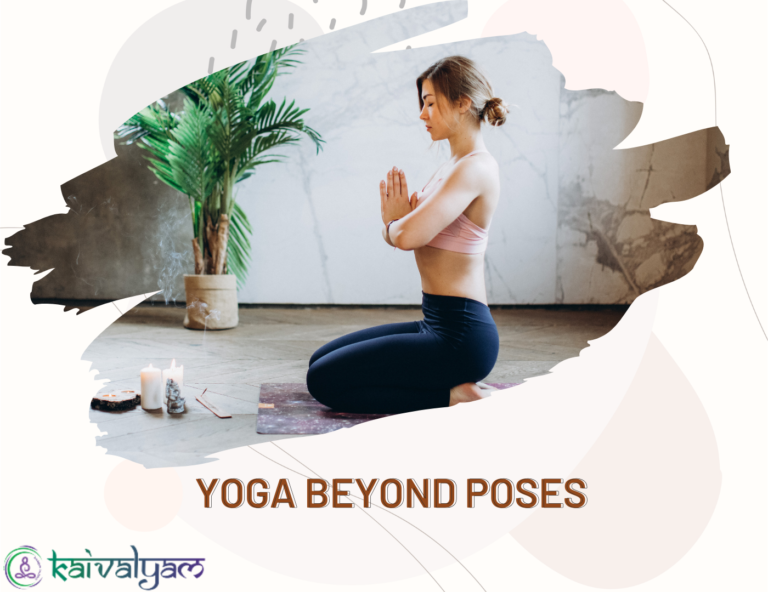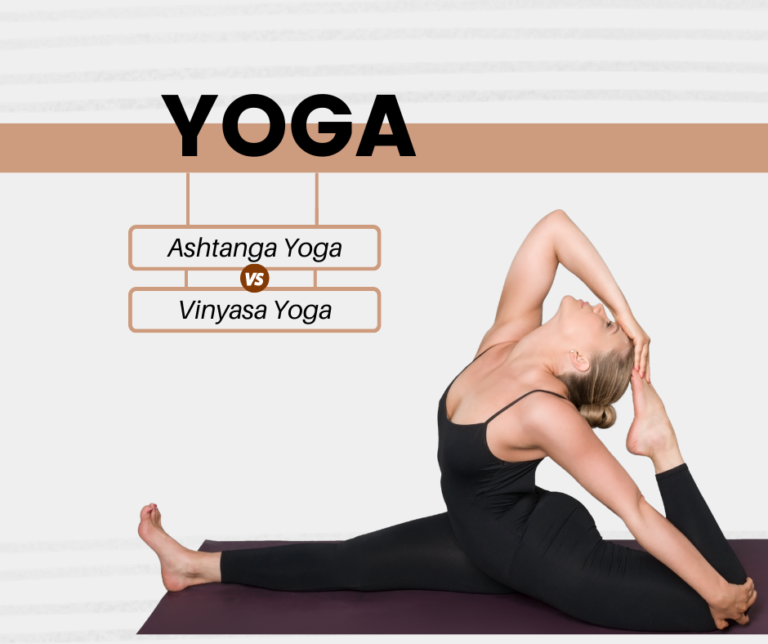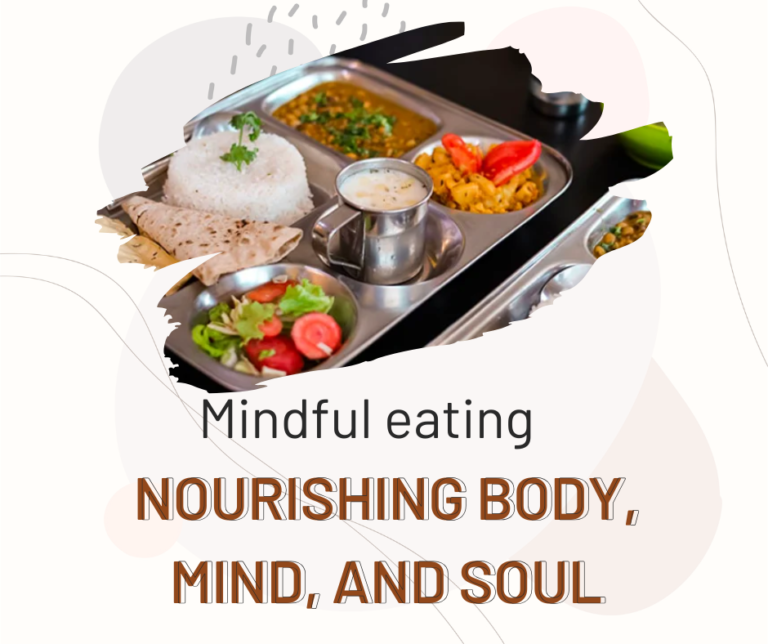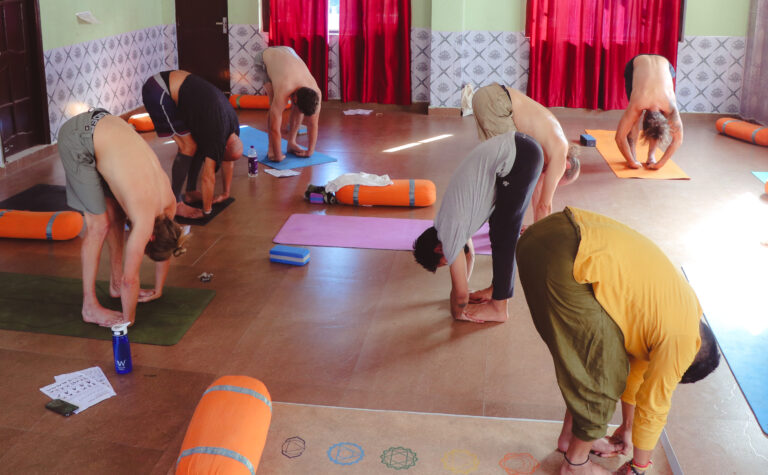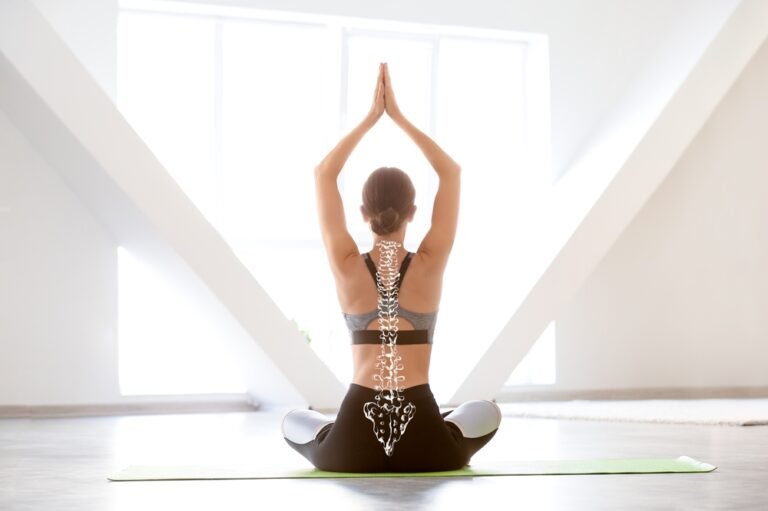Breathe In, Breathe Out, Change
Have you ever really taken the time to feel your breath? Not the shallow gulps we tend to take while rushing through our busy days, but a deep and conscious breath that fills your lungs and settles your mind.
Has this question ever crossed your mind: why people around us advised us to always pay attention to our breath and have control over it whenever we feel a bit uneasy? If no, then let us take you through the importance of it in detail through this blog.

Even if you’ve stepped onto the yoga mat, you probably know what the power of breath is. But did you know that it is the next level of breath techniques? This world turned out to be complementary to your practice and even more beneficial to your everyday life.
That word is Pranayama.
What Is Pranayama?
Pranayama isn’t breathing, or we can say just breathing. It is breathing that connected you with the life force energy within. It’s the ancient art of breath control to calm the mind, invigorate the body, and awaken the spirit.
Think of it as a superpower that has already been stored in you: you just need to find, recognize, and awaken that power for the benefit of your own inner self.
People Also Read: How Yoga Retreats Help Relieve Stress and Anxiety
Why Should You Care?
You might say, “Why should I bother with all this breathing stuff?” Well, I should say, pranayama isn’t just meant for yogis and spiritual seekers. It’s meant for anyone who wants to:
- Reduce stress and anxiety
- Improve focus and concentration
- Increase energy levels
- Force physical and mental wellness
- Deepen their yoga practice
And with that, ready yourself, whether you are a regular yogi or a diving beginner, for the magic that Pranayama holds, the journey of self-discovery that brings you closer to yourself and helps you learn more about the issues that reside within us and helps in getting better with them.

Understanding the Science of Breath
What is Pranayama?
Practically speaking, we can easily understand what this old-fashioned practice is. It is Pranayama, or yoga science of breath control—a broader scope of breathing in and out of activities—who is capable of becoming the solution by converting the breath into energy life in the intuitive mind. By the conscious quickening flow of air within, it should exercise influence in physical, mental, and spiritual health.
The three pillars of pranayama
It’s built on three fundamental blocks, namely:
- Puraka: The time in-breath during inhalation; getting fresh, good air into the lungs.
- Kumbhaka: Moment when you hold the breath, allowing the absorbed oxygen to saturate your body and mind.
- Rechaka: That out-breath at which your body gets free from fatigue and impure things in the system.
Why Pranayama?
You might say, “So what?” But our answer is that pranayama has many benefits as vast as the sky. Some of these are:
Physical benefits:
- Lung capacity: Deeper, fuller breathing leads to healthier lungs.
- Heart: Pranayama, done regularly, lowers blood pressure and lessens chances of heart diseases.
- Digestion: The power of deeper breathing really gets the digestive system going into gear.
Mental Benefits:
- Stress relief and reduction in fears: Pranayama is a very effective practice for the calming of the mind and lowering of stress hormones.
- Heightened focus and concentration: Acuity is associated with deepness of mind, which increases concentration and productivity.
- Better quality of sleep: Slow and rhythmic breathing assists in you falling asleep faster and having a deeper sleep.
Spiritual Benefits:
- Increased mindfulness: Pranayama brings you to presence, awareness, and thought and feeling monitoring.
- Calm mind denotes inner peace: By calming the mind, that is a higher level of peace.
- Awakened spirituality may open you to connecting with a transpersonal self and help you better get to know the goals and needs of your life.
Let us assist you in digging even further into the respiratory realm of pranayama. You can count on us to keep presenting incredible ideas and simple techniques on how to include this magnificent practice in your daily living to improve the quality of your life with a healthy mind and body.
Breathing Your Way to a Deeper Practice
Now that you have got a hang of the fundamentals, let’s see how you can include it into your yogic practices to maximize today’s experience.
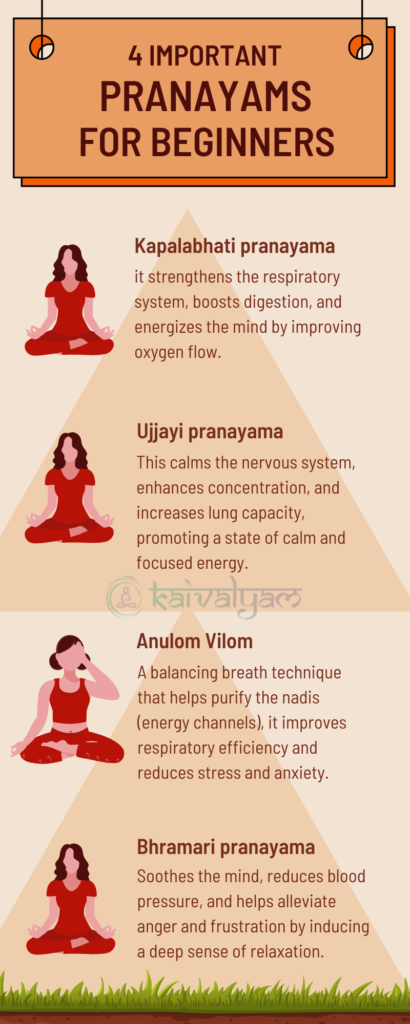
Before You Start
- Introductory Pranayama: Begin your practice with a few rounds of simple deep breaths. This calms the mind and prepares the body for the physical practice.
- Nadi Shodhana (Alternate Nostril Breathing): A concentration-based technique that balances and harmonizes the prana (energy) channels through alternate nostril breathing. A fantastic way to center yourself for your practice.
During the Practice
- Ujjayi Pranayama (Victorious Breath): This breathing technique consists of creating a gentle hissing sound while doing the inhalation and exhalation. This helps you get deep into your physical practice, increase focus, and stabilize your breathing.
- Bhramari Pranayama (Bee Breath): This is a calming technique that involves humming like a bee while you exhale. This technique helps soothe the mind, decrease stress, and improve concentration.
Post-Practice
- Shavasana with Pranayama: Lying still, you should create a comfortable position on your back and concentrate on the breath. This leads you into integration and deep relaxation, allowing the many benefits of your practice to emerge with attention toward calming your mind.
- Yoga Nidra with pranayama: A system for guided relaxation, Yoga Nidra has you relax the body systematically while focusing on your breath. It brings in powerful deep relaxation and stress reduction.
Yoga practice integrates pranayama for a greater grounding in physical, mental, and spiritual transformation. Patience and dedication should carry you far along the way to reaping the most significant benefits of this ancient scientific method.
Taking Your Pranayama Practice to the Next Level
After you have successfully conquered the foundational Pranayama techniques, you may second this by exploring the more advanced ones so as to take your experiences to the next level.

Most Potent Cleansing Techniques
Kapalabhati Pranayama (Skull-Shining Breath): A powerful cleansing technique whereby a series of diaphragmatic, forceful exhalations are closely followed by passive inhalations. This technique helps in:
- Cleanses the respiratory tract,
- stimulates the nervous system,
- and improves digestion.
Energizing Techniques
Bhastrika Pranayama (Bellows Breath): A refreshing technique in which a series of rapid breaths are taken through both nostrils, employing forced inhalations and exhalations. This helps
- raise the energy level,
- focus,
- and immunity.
Integrating Breath, Body, and Mind
Pranayama with Mudras and Bandhas: When combined with specific hand gestures (mudras) and bodily locks (bandhas), Pranayama guides and channels the flow of energy within the body. This brings profound physical, mental, and spiritual benefits.
A Word of Caution
One should take care when beginning advanced Pranayama techniques; they are powerful by nature and are most effective under the guidance of a qualified teacher. Some of these practices can be powerful and maybe unsuitable for some, so it is of utmost importance to listen to your body at all times in order to avoid pushing yourself too far.
Remember, it is not the end of perfection that you are seeking, but rather a deeper connection with your breath and your inner nature. With continued practice incorporated with patience, this ancient art will reward you with its full potential.
Let’s Get on Your Breathwork Journey
As found, Pranayama is much more than a mere method; it is a transforming discipline that can unerringly touch each aspect of one’s life. With these age-old breathing techniques included in your daily schedule, expect to be thoroughly reinvigorated and refreshed, at peace, and just naturally happy.
A Few Tips for Beginners
- Take it Slow: Begin with basic breathing exercises and gradually build on to longer and more complicated practices. Slow and steady will take you to a better result.
- Find a Teacher: An experienced teacher can take you through the inner workings of Pranayama, ensuring that the practice is learned and performed safely and correctly.
- Be Patient: Nothing great happens overnight; don’t be discouraged if progress isn’t immediately seen. Wait, be consistent, and have the patience.
- Listen to your body: Watch how your body responds, and do not force yourself any further. Go with the flow that your body is permitting you of.
Remember, the journey of Pranayama is yours to traverse. There is no right or wrong way to practice it. What’s crucial is to find what works for you and enjoy the journey in the process. Remember: Breathe in deeply, release all the stress, and let yourself experience this wonderful self-nurturing journey called Pranayama.
Short Yoga Retreats from Kaivalyam
| 3 Days Yoga Retreats in Rishikesh, India |
| 5 Days Yoga Retreats in Rishikesh, India |
| 7 Days Yoga Retreats in Rishikesh, India |
| 10 Days Yoga Retreats in Rishikesh, India |
Yoga Teacher Training Courses from Kaivalyam

